Scientists at EMBL have captured how human chromosomes fold into their signature rod shape during cell division, using a groundbreaking method called LoopTrace. By observing overlapping DNA loops forming in high resolution, they revealed that large loops form first, followed by nested smaller loo
Get the latest international news and world events from around the world.
World’s first industrial super-humanoid robot unveiled by US firm
US firm Dexterity unveils Mech, a super-humanoid robot using Physical AI to handle industrial tasks, starting with truck loading.
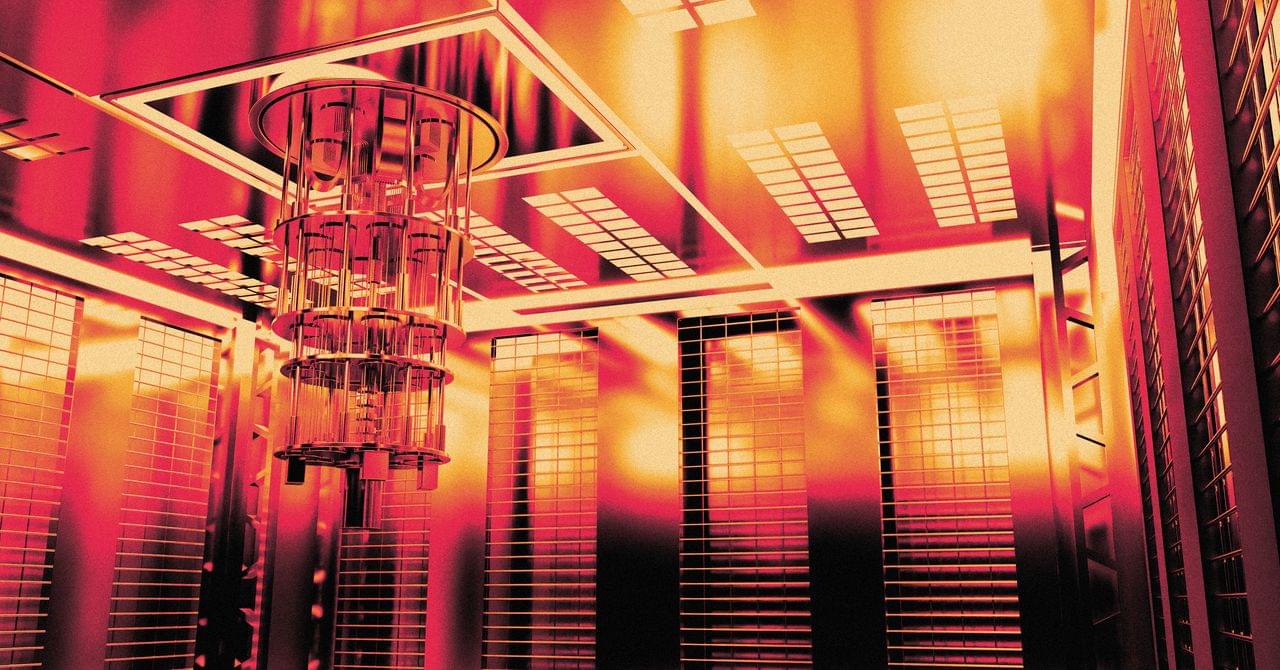
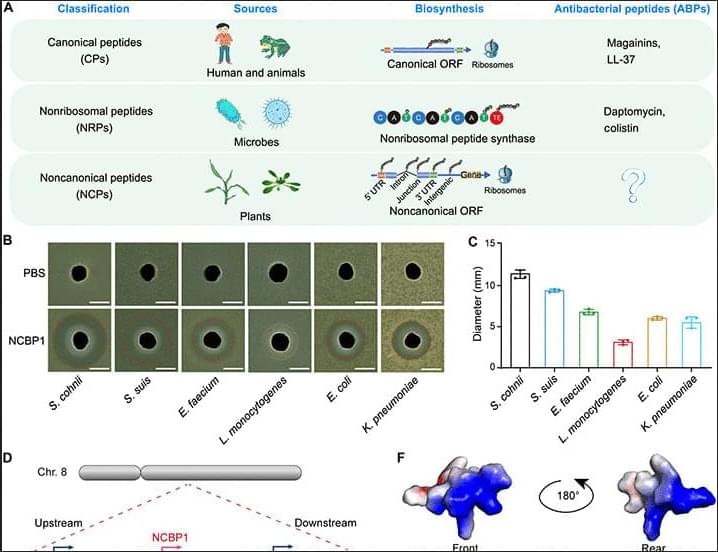

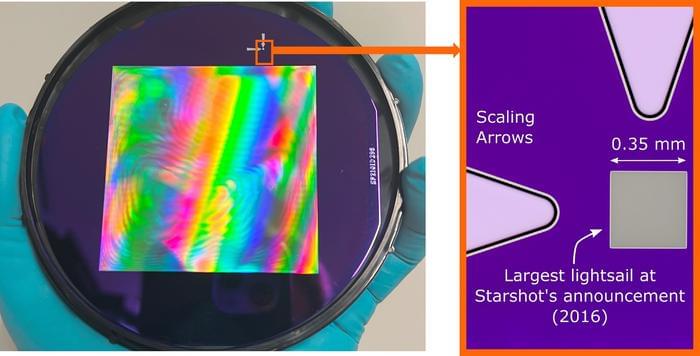
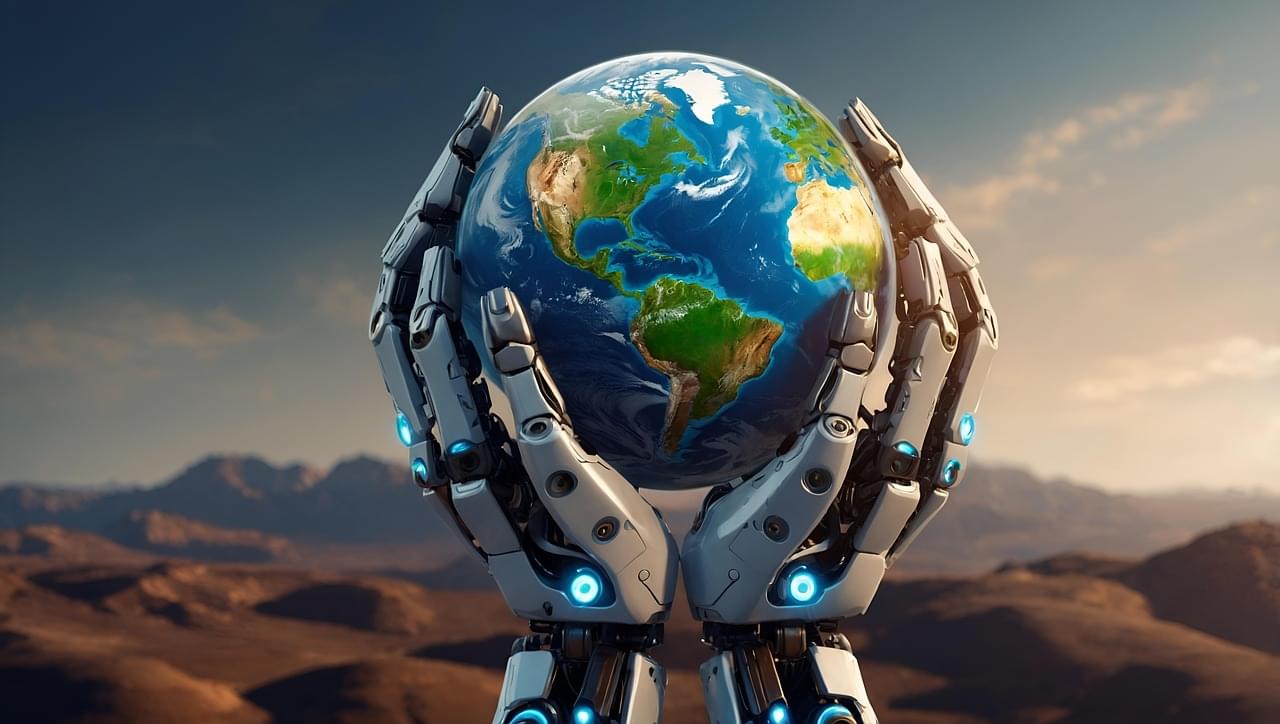
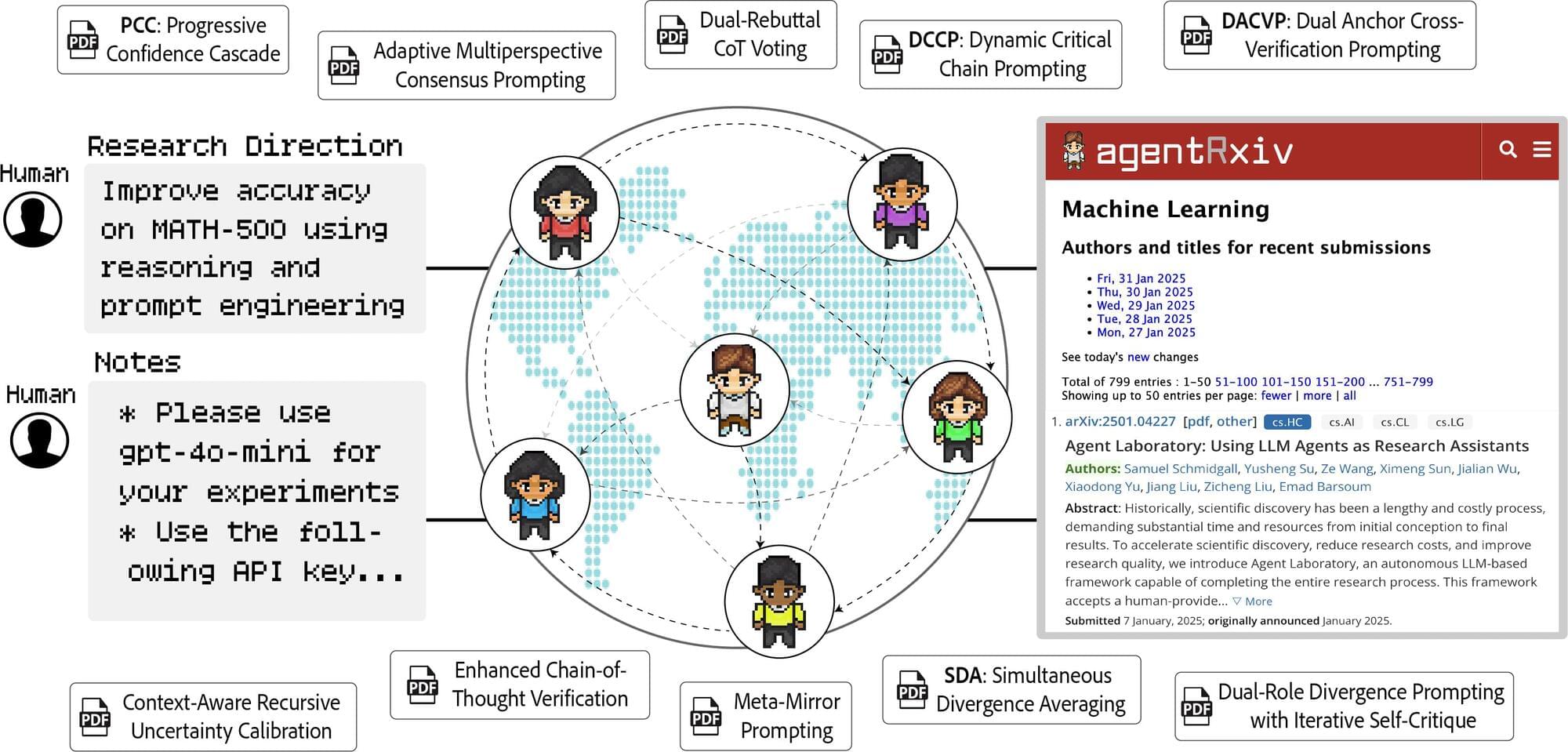
These Tiny Liquid Robots Merge and Split Like ‘Terminator’
Inspired by biological cells, the robots are made of water encased in Teflon armor and are each about the size of a grain of rice.
Upgraded anode moves seawater batteries step closer to primetime
As the world makes more use of renewable energy sources, new battery technology is needed to store electricity for the times when the sun isn’t shining, and the wind isn’t blowing.
“Current lithium batteries have reached their limitations in terms of energy storage capability, life cycle, and safety,” says Xiaolei Wang, a professor of chemical engineering at the University of Alberta in Edmonton. “They’re good for applications like electric vehicles and portable electronics, but they’re not suitable for large-scale grid-level energy storage.”
With the help of the Canadian Light Source at the University of Saskatchewan, Wang and his team are developing new technologies to help make grid-level aqueous batteries that can use seawater as an electrolyte. The study is published in the journal Advanced Materials.